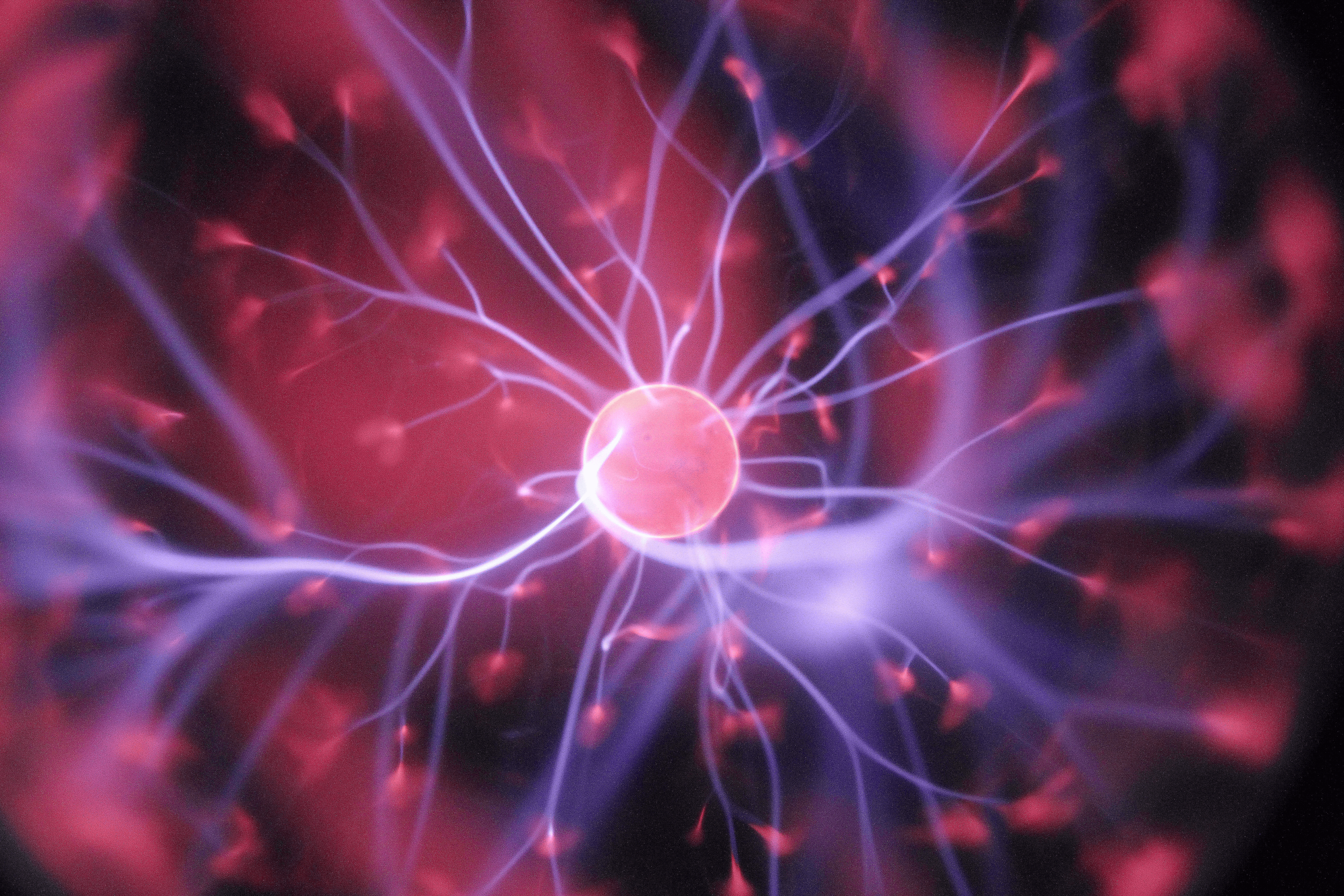
Brain Triggers
Understand how social media hacks our brains
Our evolved biology serves us brilliantly in many ways but also includes vulnerabilities that can be exploited. Persuasive technology—technology that shapes attitudes and behavior—pushes many of these buttons, leveraging our vulnerabilities to generate engagement and, ultimately, corporate revenue.
Our brains are more porous than we tend to believe. We shape our environment and, for better or worse, our environment shapes our brains. When we engage persuasive technology repeatedly, it begins to train us: our thoughts, feelings, motivations and attention start to replicate what the technology is designed to produce. This training creates a kind of neural momentum that makes us more likely to persist in those behaviors, even when they’re not good for us.
Social media presents a special case of persuasive technology where psychological levers are poked and prodded again and again, often without our conscious awareness. We don’t click randomly: many designs deliberately leverage our deepest vulnerabilities by promoting compulsive behavior that compromises our autonomy and well-being.
Examples

#1
Making the trivial seem urgent
Because our attention is a limited resource, at any given moment our brains need to determine what is important. The “salience network” of the brain, which includes the anterior insula and dorsal anterior cingulate cortex, helps us do that. When the salience network is activated, we are alerted to threats and opportunities. Acting as a kind of circuit breaker, the salience network signals when the brain should direct its resources to some new, external source.
Notifications (vibrations, red dots, flashing lights, banners) constantly trigger the salience network, effectively fooling us that something new but trivial is urgent. Of course, there are occasions when we get an important notification that needs to be highlighted, but most of the time, social media notifications act as false alarms, compromising our ability to attend to what is important.

#2
Encouraging seeking without fulfillment
We want things and when we get them, we enjoy them. However the brain circuit involved in wanting (mesolimbic dopaminergic system) is much more powerful than the brain circuit involved in enjoyment. The feeling of wanting something can be so strong that even when we find what we want, we don’t get much satisfaction. Sometimes, the wanting networks in the brain become hypersensitive and we get addicted: endless loops of seeking. In addiction, what we want becomes dissociated from what we enjoy.
Technology often capitalizes on the potency of wanting, providing endless possibilities for seeking but few experiences that satiate. We might find fleeting pleasure, but no enduring satisfaction. Our “tolerance” increases, and we need more to achieve the same effects. The result: we keep clicking and scrolling, mindlessly consuming content, often with minimal oversight from cognitive control regions of the brain. Ultimately, this behavior depletes us, but feeds engagement-based business models.

#3
Forcing us to multitask
The capacity of our brains to process information is staggering: billions of neurons have trillions of “conversations” among each other, activating large networks of our brains to navigate the demands of living. Yet our brains’ resources are limited: we are highly distractible creatures and the quality of our attention can easily be compromised. When we frequently switch attention from one task to another, we experience an “attention residue” whereby thoughts about the previous task interfere with giving full attention to the current task.
Social media inspires this multitasking, which affects our cognitive control, emotions, and, ultimately, our brains. These platforms keep us continuously engaged, triggering repetitive, automated behavior and weakening activation in the prefrontal cognitive control regions of our brains. A National Academy of Sciences working group found that media multitasking among youth is associated with poorer memory, increased impulsivity, and changes in brain function. This evidence encourages us to be cautious with our brains and avoid continuously flooding all of our brains’ channels.

#4
Weaponizing fear and anxiety
Two decades ago, researchers wrote an influential paper where they famously concluded: bad is stronger than good. Negative information garners more attention and shapes emotion and behavior more powerfully than positive information. Our brains process negatively valenced information – especially fear-related stimuli – more quickly and thoroughly than they process positive information. This makes evolutionary sense: in the pursuit of survival, the potential loss involved in a singular experience of threat outweighs the gain involved in singular experience of pleasure. It is unsurprising that social media content generating fear, anger, and disgust spreads much faster than positive content. We marinate in this negativity and it propels deeper engagement. Fear and outrage become the norm and can erode our sense of goodness and shared humanity.

#5
Encouraging constant social comparison
As social animals, we naturally evaluate our own worth by comparing ourselves to others. The medial prefrontal cortex in our brains prioritizes information about ourselves. Self-esteem involves an ongoing process of affirming ourselves and fighting off threats to self-worth.
Our habit of measuring ourselves against others sometimes inspires us to achieve more, but comparisons more commonly lead to negative emotions: envy, shame, anxiety, or conceit. Social media dramatically escalates the scope and stakes of our comparisons. It floods us with highly curated images featuring people in select moments showing only what they want you to see. Influencers establish standards of excellence and we tether our self-image to those ideals. Our ‘likes’ – which activate powerful reward circuits in the brain – become a commentary on the deepest part of ourselves. This is a recipe for compulsive comparison, self-doubt, and egocentric melodrama.

#6
Telling us whatever we want to believe
Our brains are exquisitely sensitive to social exclusion. Social rejection hurts in the same way physical pain can hurt. Consequently, we experience strong pressure to conform. Software algorithms learn about our preferences, customizing and curating the information we receive. In our online bubbles, deviating from the party line carries serious social risk. When we become invested in a particular view, we celebrate supportive information and dismiss contradictory information, a phenomenon known as “confirmation bias.” Taken to an extreme, our society finds itself subscribing to different versions of reality. When algorithms tell us what we want to believe, we become more polarized and lose a sense of ourselves as a cohesive social group with shared understanding.